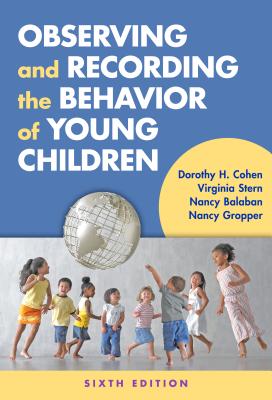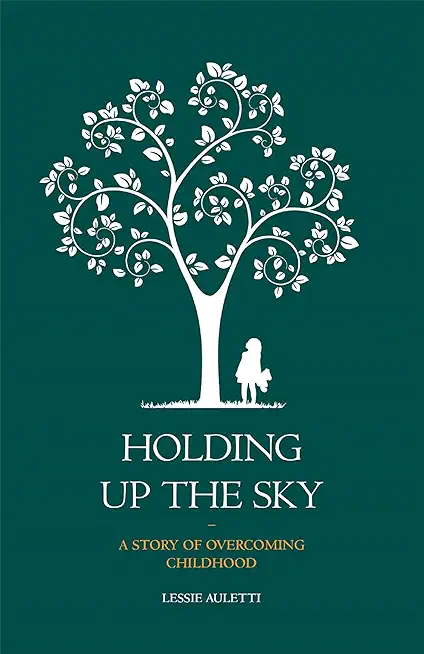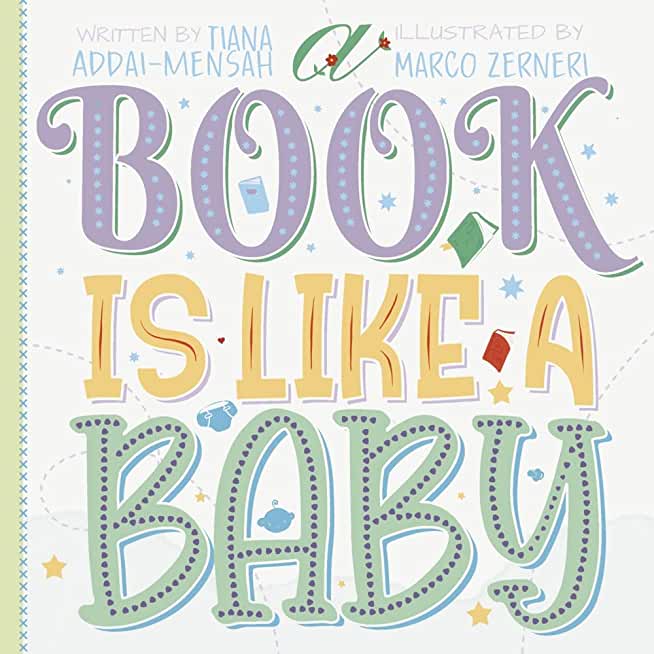
description
ssic text, the authors reiterate the critical importance of observing and recording the behavior of young children, especially in the current atmosphere of accountability and testing. In addition, because children with special needs are now widely included in a majority of early childhood classrooms, they have completely rewritten a chapter to focus more broadly on observing behaviors that may be viewed as disquieting. Designed to help teachers better understand children's behavior, the book outlines methods for recordkeeping that provide a realistic picture of each child's interactions and experiences in the classroom. Numerous examples of teachers' observations of children from birth to age 8 enrich this work and make it accessible, practical, and enjoyable to read.
With more than 130,000 copies in print, this valuable resource for pre- and inservice educators features:
- Fresh information about how children think and learn, how their language develops, and how their families, their culture, and their environment influence and help to shape them.
- Observations that reflect the increasingly diverse population in contemporary early childhood classrooms.
- The imperative for teachers to widen their lens in order to meet the needs of young children with a range of developmental capacities, abilities, and behaviors.
member goods
No member items were found under this heading.
Return Policy
All sales are final
Shipping
No special shipping considerations available.
Shipping fees determined at checkout.







